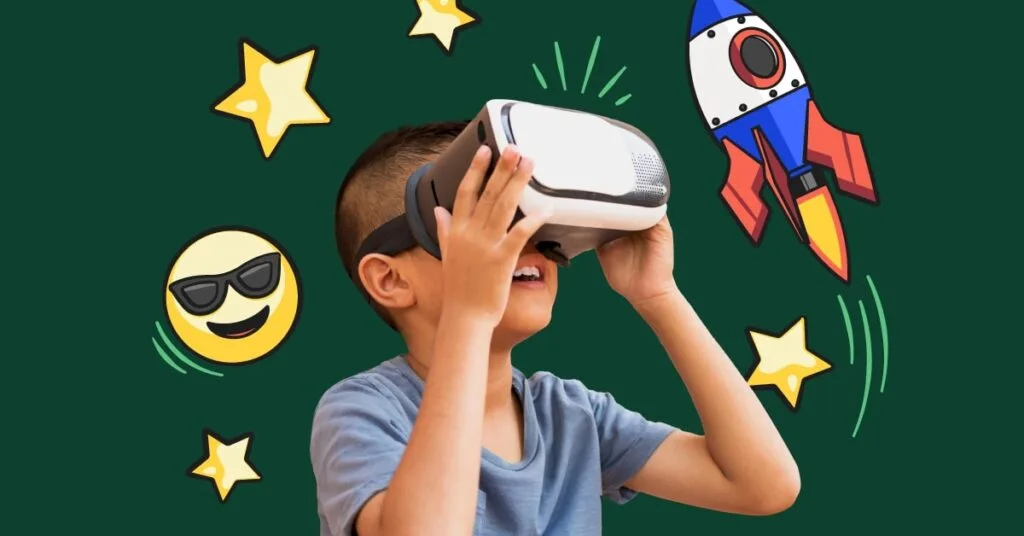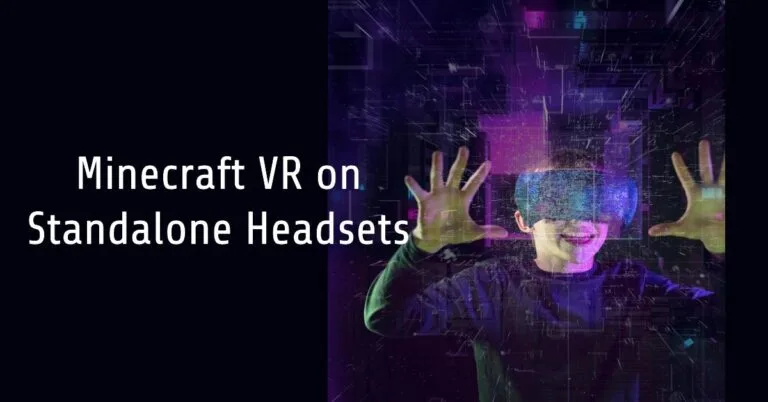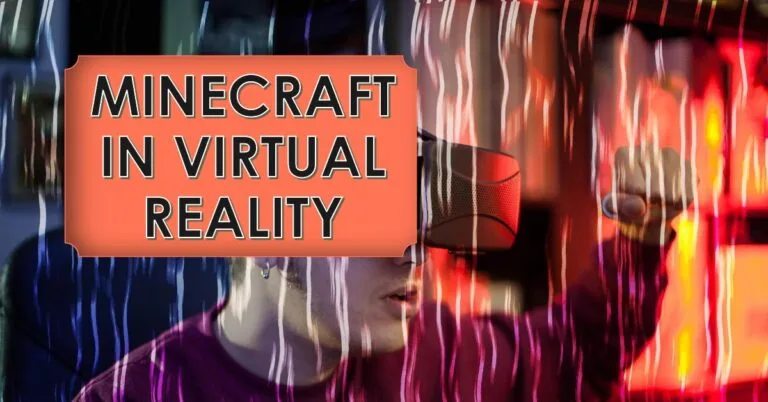
Virtual Reality Game System For Kids
Hey there, tech-savvy parents! If you’re anything like me, you’re always on the lookout for innovative ways to blend fun and learning for your kids. Enter the virtual reality game system for kids. It’s a game-changer, quite literally! Imagine your child diving into a virtual world where they can explore, learn, and play in ways we never thought possible. Today, I’ll guide you through everything you need to know about these incredible systems, from selecting the best VR headset to discovering the most engaging games. So, let’s embark on this VR adventure together!
What is a Virtual Reality Game System for Kids?
A virtual reality game system for kids is a combination of VR headsets, controllers, and games specifically designed for young users. These systems create immersive environments where children can interact with 3D worlds, fostering both entertainment and educational experiences.
Why Choose a Virtual Reality Game System for Your Kids?
Virtual reality game systems are more than just high-tech toys. They offer a unique blend of fun and learning, making them an excellent choice for kids. Here’s why:
- Engaging Education: VR games can teach subjects like science, math, and history in a captivating way.
- Physical Activity: Many VR games encourage movement, helping kids stay active.
- Skill Development: Problem-solving, hand-eye coordination, and spatial awareness are just a few skills that VR games can enhance.
- Creativity and Imagination: VR environments stimulate creativity, allowing kids to build, explore, and create their worlds.
Choosing the Right VR Headset
Selecting the perfect VR headset is crucial. Here are some top picks and what makes them stand out:
Best Overall: Meta Quest 2
The Meta Quest 2 is a standout for its impressive graphics, user-friendly interface, and wide range of games. It’s an all-in-one system that doesn’t require a PC or console, making it a convenient option for kids.
Best for Education: Oculus Go
The Oculus Go is perfect for educational VR experiences. It offers a variety of learning apps that make education fun and interactive.
Best Budget Option: Google Cardboard
Google Cardboard is a cost-effective entry into VR. It’s simple, affordable, and works with most smartphones. While it doesn’t offer the same immersive experience as higher-end models, it’s a great starting point for young kids.
Best for Young Kids: Merge VR
Merge VR is designed with younger children in mind. It’s durable, easy to use, and offers a range of kid-friendly apps and games.
Age-Appropriate VR Games
Choosing age-appropriate games is essential for ensuring your child’s VR experience is safe and beneficial. Here are some recommendations:
Educational Games
- Titans of Space: This game takes kids on a tour of our solar system, teaching them about planets and space.
- National Geographic Explore VR: Kids can embark on exciting adventures and learn about different cultures and environments.
Fun and Interactive Games
- Job Simulator: This game lets kids try out different jobs in a humorous and engaging way.
- Beat Saber: A rhythm game that combines music with physical activity, perfect for older kids.
Creative and Building Games
- Tilt Brush: Allows kids to paint in 3D space, fostering creativity.
- Minecraft VR: The classic game in VR, where kids can build and explore their virtual worlds.
Real-Life Examples and Case Studies
To illustrate the impact of VR game systems, let’s look at some real-life examples:
Case Study: Enhancing Learning at School
In a school in California, teachers introduced VR headsets to complement their science curriculum. Students used VR to explore the human body, visit historical landmarks, and even conduct virtual chemistry experiments. The result? Increased engagement, better retention of information, and a newfound excitement for learning.
Personal Experience: My Kids’ VR Journey
When I introduced VR to my kids, I was amazed at how quickly they adapted and how much they learned. My son, who was never keen on traditional learning methods, became fascinated with space after exploring it in VR. My daughter, on the other hand, loved the creative freedom Tilt Brush offered. Watching them learn and have fun simultaneously was truly rewarding.
Addressing Concerns: Safety and Screen Time
As with any technology, it’s important to address concerns regarding safety and screen time. Here are some tips to ensure a healthy VR experience for your kids:
- Set Time Limits: Like any screen time, VR should be moderated. Limit sessions to 30-60 minutes.
- Supervise Usage: Always supervise your child’s VR activities to ensure they’re using age-appropriate content.
- Create a Safe Play Area: Ensure the play area is free of obstacles to prevent accidents.
- Educate on Eye Health: Encourage regular breaks to protect eye health.
FAQs – Virtual Reality Game System For Kids
Is VR safe for kids?
Yes, VR is safe for kids when used responsibly. Always choose age-appropriate content, set time limits, and supervise their usage.
What age is appropriate for VR?
Most VR systems recommend use for children aged 12 and above. However, there are VR headsets designed specifically for younger children, such as Merge VR.
Can VR improve my child’s learning?
Absolutely! VR can make learning more engaging and interactive, helping kids understand complex subjects through immersive experiences.
How do I choose the right VR headset for my child?
Consider factors like age-appropriateness, durability, ease of use, and the type of content available. The Meta Quest 2 and Oculus Go are great options for older kids, while Merge VR is ideal for younger children.
Are there any physical risks associated with VR?
While VR is generally safe, it’s important to create a safe play area and encourage regular breaks to prevent physical strain and eye fatigue.
Conclusion
In the world of technology, the virtual reality game system for kids stands out as a fantastic tool for blending fun and education. From exploring the cosmos to creating art in 3D, the possibilities are endless. As a parent, I’ve seen firsthand the joy and learning VR can bring to kids. So why not give it a try? Choose the right VR headset, explore age-appropriate games, and watch your kids dive into a world of immersive learning and entertainment. Let’s make learning fun, one virtual adventure at a time!






